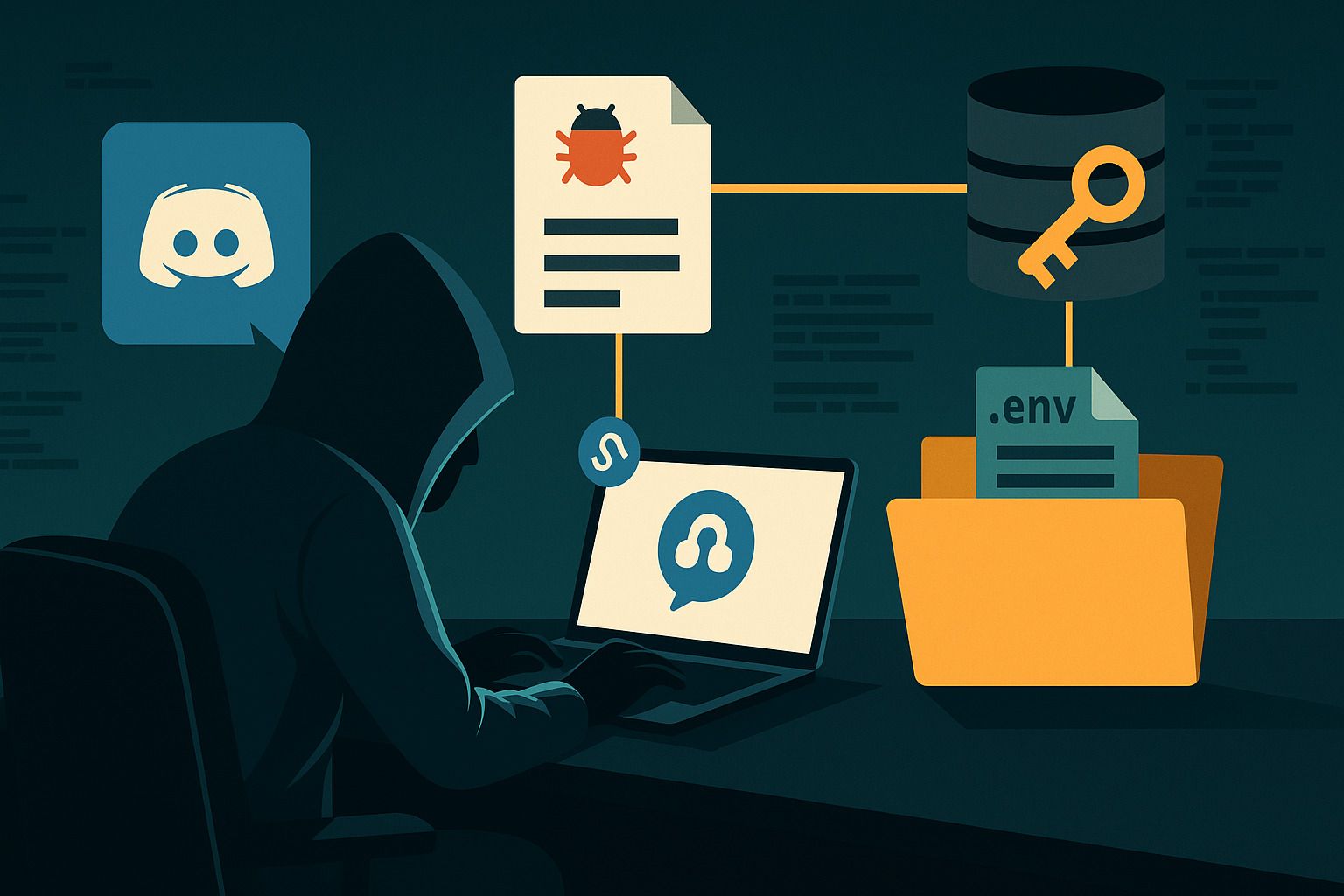
CYBER SYRUP
Delivering the sweetest insights on cybersecurity.
The Gold standard for AI news
AI keeps coming up at work, but you still don't get it?
That's exactly why 1M+ professionals working at Google, Meta, and OpenAI read Superhuman AI daily.
Here's what you get:
Daily AI news that matters for your career - Filtered from 1000s of sources so you know what affects your industry.
Step-by-step tutorials you can use immediately - Real prompts and workflows that solve actual business problems.
New AI tools tested and reviewed - We try everything to deliver tools that drive real results.
All in just 3 minutes a day
Malicious Packages Using Discord Webhooks for Data Exfiltration

Security researchers have discovered multiple malicious packages in the npm, PyPI, and RubyGems ecosystems that use Discord webhooks as a lightweight command-and-control (C2) and exfiltration channel. Because Discord webhooks accept unauthenticated HTTP POSTs and are effectively write-only, attackers can quietly send stolen files and environment data to channels they control without hosting or maintaining dedicated infrastructure.
How the abuse works
Discord webhooks let anyone with the URL post messages into a Discord channel. They do not allow reading channel history via the URL, which makes detection and attribution harder.
Malicious packages incorporate install-time hooks, build scripts, or runtime code that collects sensitive files (e.g.,
.env, config files,/etc/passwd) or environment metadata and then issues an HTTP POST to the attacker’s webhook.Using webhooks flips the economics of a supply-chain attack: actors avoid the cost and operational overhead of C2 servers and blend exfiltration traffic into normal HTTPS calls to a well-known SaaS endpoint.
Examples observed by researchers
Researchers found packages that perform the following behaviors:
npm package that siphons developer config and environment files to a webhook.
PyPI packages that trigger an HTTP request to a Discord channel at
pip installtime.RubyGems module that collects host and sensitive file contents and posts them to a hard-coded webhook.
Some packages (or similarly named ones) appear benign but implement optional webhook logging, complicating simple heuristics.
Why this is dangerous
Early-stage compromise: exfiltration can occur during development, CI builds, or dependency installation—well before runtime monitoring is in place.
Stealth and resilience: webhook-based C2 blends with normal traffic and requires minimal infrastructure, lowering the bar for attackers.
Supply-chain reach: compromised developer laptops and CI runners can leak API keys, credentials, and secrets that lead to broader breaches.
Practical mitigations and best practices
Harden CI/CD and developer environments: restrict network egress from build runners; allowlist known endpoints only.
Avoid storing secrets locally: use vaults and ephemeral credentials; never commit
.envor keys to repositories.Vet dependencies: use software composition analysis (SCA) tools, verify package authorship, and prefer pinned versions and lockfiles.
Scan install/build hooks: inspect
postinstall,setup.py, build scripts, and package assets for outbound network calls.Monitor outbound requests: detect anomalous POSTs to third-party services from dev machines or CI.
Rotate exposed secrets immediately upon suspicion and apply least-privilege access controls.
Conclusion
Using Discord webhooks for exfiltration is simple, cheap, and effective—making it an attractive vector for supply-chain abuse. Combating it requires layered defenses: careful dependency management, hardened CI environments, and proactive secret and network controls.

